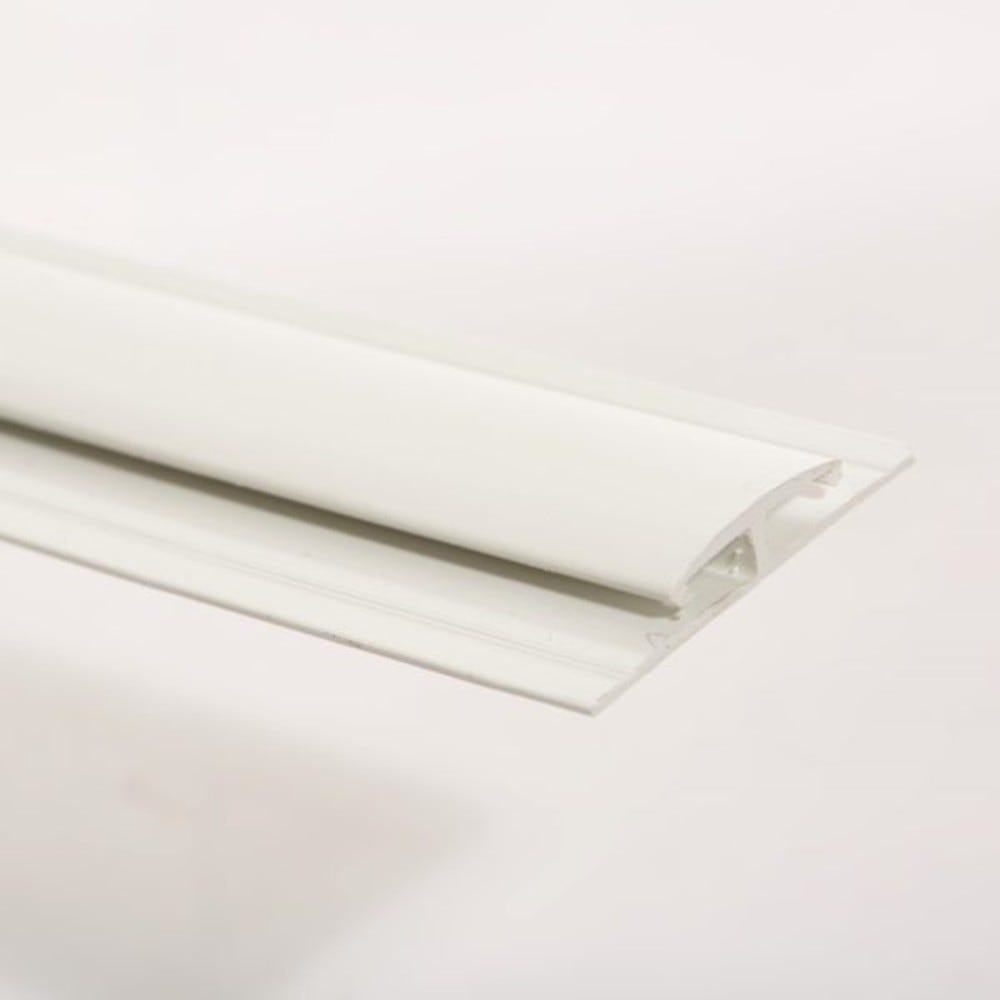PVC cladding has gained immense popularity in the construction industry due to its durability, versatility, and aesthetic appeal. However, one crucial aspect that often perplexes both professionals and DIY enthusiasts is the process of cutting PVC cladding. In this comprehensive guide, we will delve into the intricacies of cutting PVC cladding, exploring various techniques, tools, and tips to ensure a seamless and professional finish.
- Understanding PVC Cladding:
Before we dive into the cutting techniques, it is essential to have a solid understanding of PVC cladding. Polyvinyl chloride (PVC) cladding is a synthetic material widely used for exterior and interior wall coverings. It offers excellent resistance to weather elements, UV rays, and moisture, making it an ideal choice for both residential and commercial applications. - Tools of the Trade:
To achieve precise and clean cuts, it is crucial to have the right tools at your disposal. Here are some essential tools for cutting PVC cladding:
- Circular Saw: A circular saw equipped with a fine-toothed blade is ideal for straight cuts.
- Jigsaw: A jigsaw with a fine-toothed blade allows for intricate and curved cuts.
- Utility Knife: A sharp utility knife is handy for scoring and making initial cuts.
- Mitre Saw: For angled cuts, a mitre saw with a fine-toothed blade is recommended.
- Cutting Techniques:
a. Straight Cuts: To achieve clean and straight cuts, mark the desired cutting line using a pencil or masking tape. Ensure the cladding is securely clamped or supported before making the cut. Use a circular saw or a jigsaw to follow the marked line, applying steady and even pressure throughout the cut.
b. Curved Cuts: For curved cuts, a jigsaw is the tool of choice. Start by drilling a hole large enough for the jigsaw blade to fit through. Insert the blade into the hole and carefully maneuver along the desired curve, maintaining a steady hand and a controlled pace.
c. Angled Cuts: When cutting PVC cladding at an angle, a mitre saw is the most efficient tool. Set the desired angle on the saw, secure the cladding in place, and make the cut with a smooth and controlled motion. - Safety Precautions:
Working with PVC cladding requires adherence to safety guidelines to prevent accidents and ensure personal well-being. Here are some essential safety precautions to follow:
- Wear protective goggles to shield your eyes from flying debris.
- Use a dust mask to avoid inhaling PVC particles.
- Wear gloves to protect your hands from sharp edges.
- Work in a well-ventilated area to minimize exposure to fumes.
Conclusion:
Cutting PVC cladding may seem daunting at first, but with the right tools, techniques, and safety precautions, it can be a straightforward and rewarding process. By mastering the art of cutting PVC cladding, you can achieve professional-looking results and unlock the full potential of this versatile material in your construction projects.



More Stories
Multi Linear Slot Diffuser Solutions for Contemporary HVAC Design
The Versatility of Fiberglass Woven Cloth in Industrial Applications
Water Based Car Spray Booth Solutions for Automotive Paint Systems